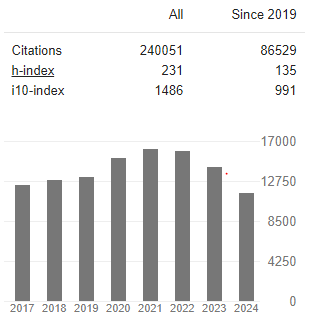Cancer Stem Cells Regulation with a Sublingual Nanotherapy using Ultra Low Doses of Non Coding RNAs
Abstract
GLADY Gilbert
Tumors are heterogeneous tissues with abundant phenotypically and functionally distinct cell subpopulations, each having different capacities to grow, differentiate, develop drug resistance and form metastases. Tumors contain a functional subpopulation of cells that exhibit stem cell properties. These cells, named cancer stem cells (CSCs), play significant roles in the initiation and progression of cancer. So far, CSCs have been identified in breast, pancreatic, prostate, colon, head and neck, ovarian and liver cancers, melanoma and brain tumors. CSCs are defined by the following properties: (a) unlimited self-renewal capacities, (b) the ability to differentiate into non-CSC daughter cells, (c) high tumorigenicity upon injection in immunocompromised mice, and (d) have remarkable resistance to conventional therapies. MicroRNAs or miRNAs are short non-coding RNAs that regulate gene expression at the post-transcriptional level by leading to the degradation of target mRNA or repression of mRNA translation. Recent studies have highlighted several miRNAs to be differentially expressed in normal and cancer stem cells and established their role in targeting genes and pathways supporting cancer stemness properties. Long non-coding RNAs (lncRNAs) are a class of non-coding RNAs that have no potential to code proteins and are more than 200 nucleotides in length. LncRNAs can act at the transcriptional, posttranscriptional and translational level. As such, they may be involved in various biological processes such as DNA damage repair, inflammation, metabolism, cell survival, cell signaling, cell growth and differentiation. Accumulating evidence indicates that lncRNAs are key regulators of the CSCs subpopulation, thereby contributing to cancer progression. These non-coding RNA molecules represent, of course, particularly attractive targets for regulating CSCs; for this purpose, we have developed a sublingual nanotherapy delivered without any undesirable side effects thanks to the use of ultra-low doses.



